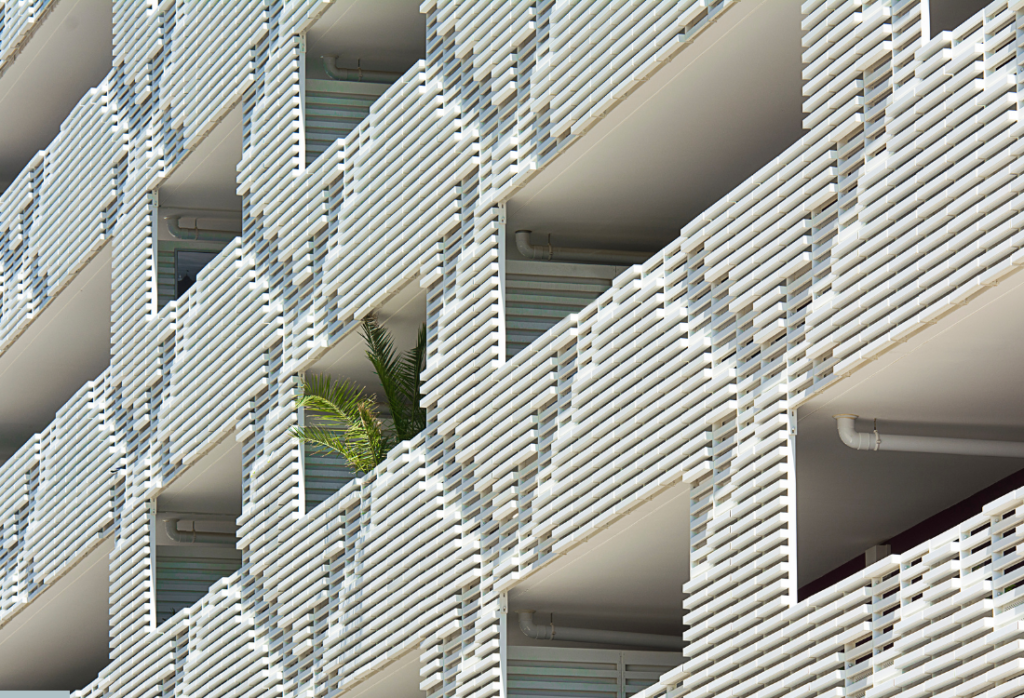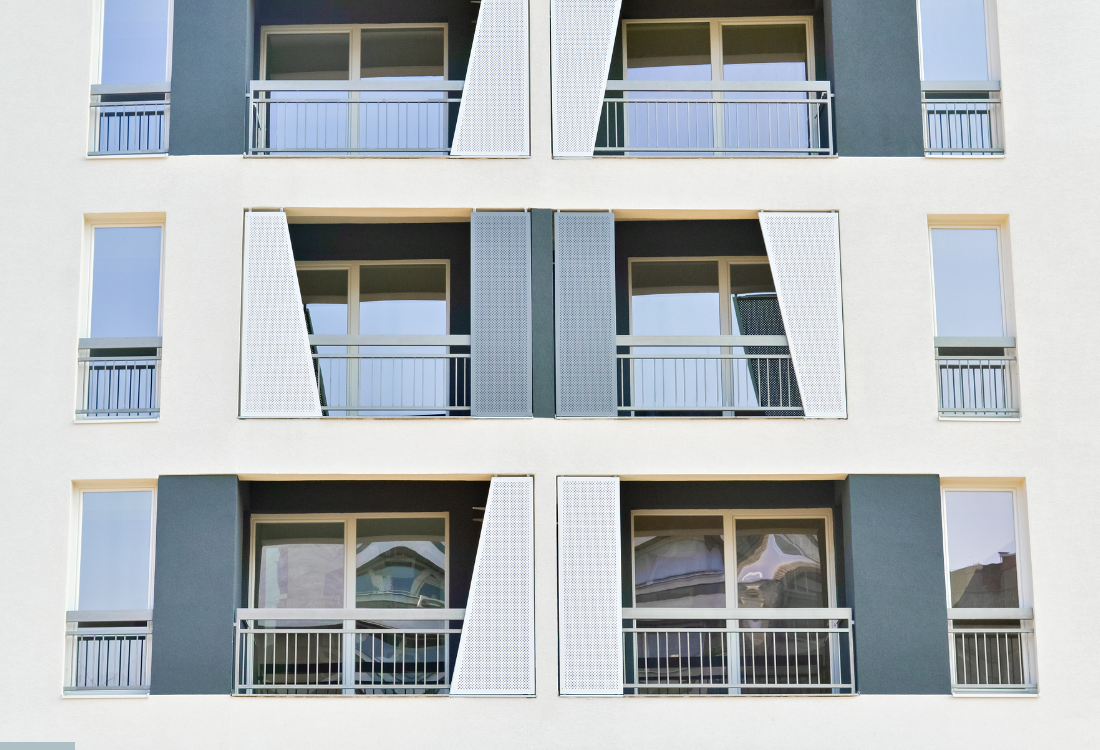The facade of a house is more than just an exterior covering; It is the first impression that visitors and passersby have of the home. Renovating the facade can completely transform the appearance of a home, increasing its appeal and value. In a world where aesthetics and functionality are increasingly intertwined, façade trends are constantly evolving, offering new ideas and materials that allow homeowners to express their personal style while improving the efficiency and sustainability of their homes.
Facade renovation is not only a matter of appearance. Modern façade materials offer benefits such as better thermal insulation, resistance to inclement weather and reduced maintenance needs. In this article, we will explore the latest façade trends, the most popular and effective materials, and how these renovations can significantly improve the first impression of the home. With a focus on the design of modern and attractive facades, we will provide a complete guide to carrying out a renovation that not only impresses, but also adds long-term value and operability.
Trends in facades
Minimalism and clean lines
Minimalism remains a dominant trend in modern facade design. Clean lines, simple geometric shapes and an absence of unnecessary embellishments create an elegant and timeless aesthetic. This trend is reflected in the use of materials such as glass, steel and concrete, which provide a contemporary and sophisticated appearance.
Integration with nature
Another growing trend is the integration of natural elements in the design of facades. This includes the use of materials such as wood and stone, as well as the incorporation of vertical gardens and green roofs. This connection with nature not only improves the aesthetics of the home, but also contributes to the sustainability and well-being of its inhabitants.
Integration with nature
Another growing trend is the integration of natural elements in the design of facades. This includes the use of materials such as wood and stone, as well as the incorporation of vertical gardens and green roofs. This connection with nature not only improves the aesthetics of the home, but also contributes to the sustainability and well-being of its inhabitants.
Dark and dramatic colors
The use of dark, dramatic colors, such as black, dark gray and navy blue, has become popular in modern facades. These colors can give the home a sleek, bold look, standing out in the neighborhood and creating a memorable first impression. Combined with metallic or wooden details, these tones can further enhance the appearance of the facade.
Large open windows
Modern facades often incorporate large windows that allow in natural light and connect the interior with the exterior. This fashion not only improves aesthetics, but also contributes to energy savings and the creation of brighter and more welcoming interior spaces.
Facade materials
Wood
Wood is a classic material that never goes out of style. Its versatility and warmth make it a popular choice for façade renovation. Commonly used types of wood include cedar, pine and spruce, which can be treated to resist moisture and insects. Wood can be used in panels, slats or even as a complete covering, providing a natural and welcoming appearance.
Stone
Natural stone, such as granite, slate and limestone, is another popular façade material. Its durability and resistance to inclement weather make it an excellent option to improve the exterior façade. Stone can be used to create interesting textures and add a touch of luxury and solidity to the home.
Concrete
Concrete is a versatile and durable material that is increasingly used in modern facade design. It can be molded into various shapes and textures, and can be stained or painted to fit any style. Concrete provides an industrial, contemporary look, and its strength makes it ideal for extreme climates.
Glass
Glass is used in facades to create a modern, open look. The large glass panels not only allow in natural light, but also offer panoramic views of the exterior. Glass can be combined with other materials such as metal and wood to create interesting contrasts and improve the functionality of the façade.
Metal
Metal, such as stainless steel, aluminum and copper, is a modern choice for façade renovation. These materials are durable, corrosion resistant and require little maintenance. Metal can be used in panels, window and door frames, and decorative details, providing a contemporary and sophisticated touch to the home.

Exterior façade improvement
Insulation and energy efficiency
One of the most important improvements in façade renovation is the incorporation of adequate insulation. Modern materials not only improve aesthetics, but also offer thermal and acoustic benefits. The use of insulated panels, double-glazed windows and thermal coatings can significantly reduce energy costs and improve interior comfort.
Outdoor lighting
Exterior lighting is key to highlighting the architecture of the façade and improving security. Recessed lights, wall sconces and LED strips can be used to illuminate specific features, such as gardens, paths and driveways. Proper lighting not only beautifies the facade, but also creates a welcoming and safe atmosphere.
Architectural details
Architectural details, such as cornices, moldings, and eaves, can add character and depth to the facade. These elements should be selected and designed to complement the overall style of the home and can be manufactured in a variety of materials, including wood, metal and plaster.
Modern facade design
Minimalist facades
Minimalist design focuses on simplicity and functionality. It uses a neutral color palette, high-quality materials and clean geometric shapes. Decorative elements are kept to a minimum, allowing the materials and architecture to speak for themselves.
Ecological facades
Eco-friendly design integrates sustainable materials and energy efficient technologies. Vertical gardens, green roofs and rainwater harvesting systems are examples of how a façade can be both attractive and environmentally friendly.
Custom facades
Customization is a growing trend in facade design. Homeowners can work with architects and designers to create a façade that reflects their personal style and suits their specific needs. From artistic murals to unique wall coverings, the possibilities are endless.
First impression of the home
Main entrance
The main entrance is the focal point of the facade and should be designed to make a lasting impression. An attractive front door, combined with adequate lighting and well-maintained landscaping, can transform the appearance of the façade and welcome visitors in a warm and welcoming manner.
Gardens and landscaping
The landscaping around the facade plays a crucial role in the first impression of the home. Well-tended plants, defined paths and decorative elements such as fountains and statues can enhance the beauty of the façade and create a harmonious transition between inside and outside.
Regular maintenance
Keeping the façade in good condition is essential to preserve its appearance and functionality. Regular cleaning, repair of minor damage and periodic renewal of paint and coatings ensure that the façade always looks its best.
Facade renovation is an investment that not only improves the aesthetics of the home, but also increases its value and efficiency. By following the latest façade trends and selecting the right materials, it is possible to create a design that is both attractive and practical. From modern minimalism to eco-integration, the options are vast and varied. In the end, a well-designed and maintained façade can leave an unforgettable first impression, reflecting the owners’ character and style while providing a welcoming and safe environment for all.

0 Comments